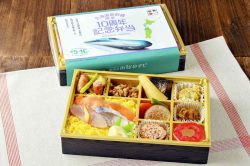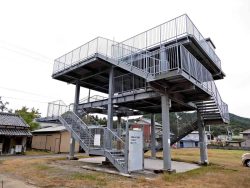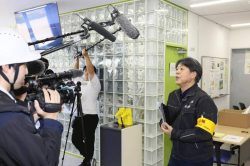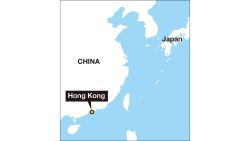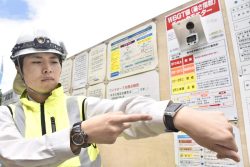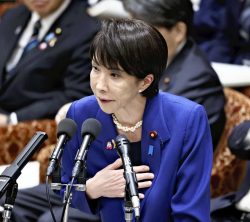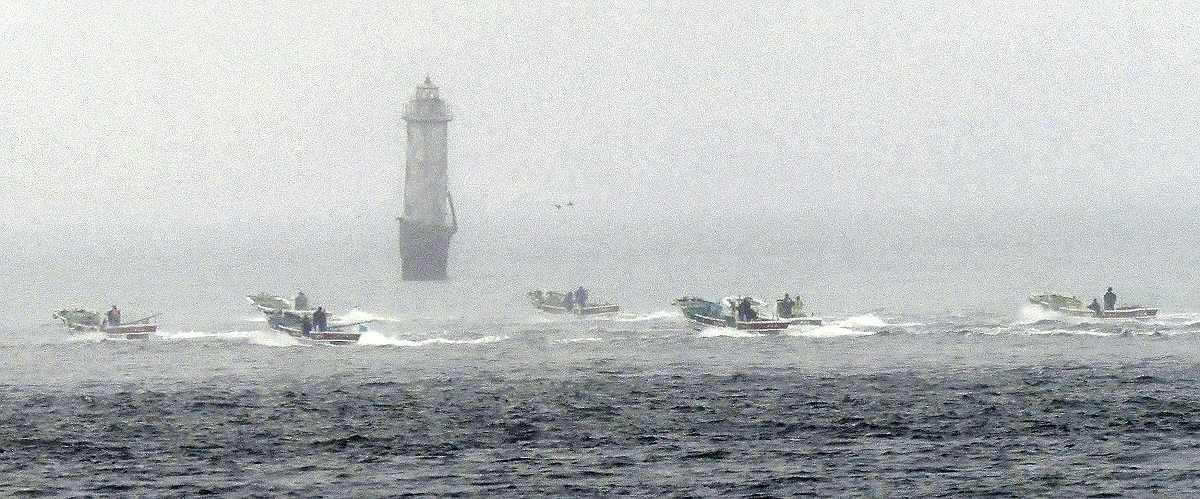
Fishing boats set out to harvest kombu off Nemuro, Hokkaido, on June 15.
12:01 JST, July 3, 2024
NEMURO, Hokkaido — More than 190 fishing vessels gathered at Cape Nosappu in Nemuro, Hokkaido, on June 15 to harvest kombu, two weeks after the official opening of the kombu harvest season.
The vessels set out together at 6 a.m. to collect kombu in the waters off Kaigara Island, one of the Habomai Islands. The official opening of this year’s season was June 1, but the harvest was delayed due to poor growth of kombu caused by the impact of drift ice and the rise in seawater temperature.
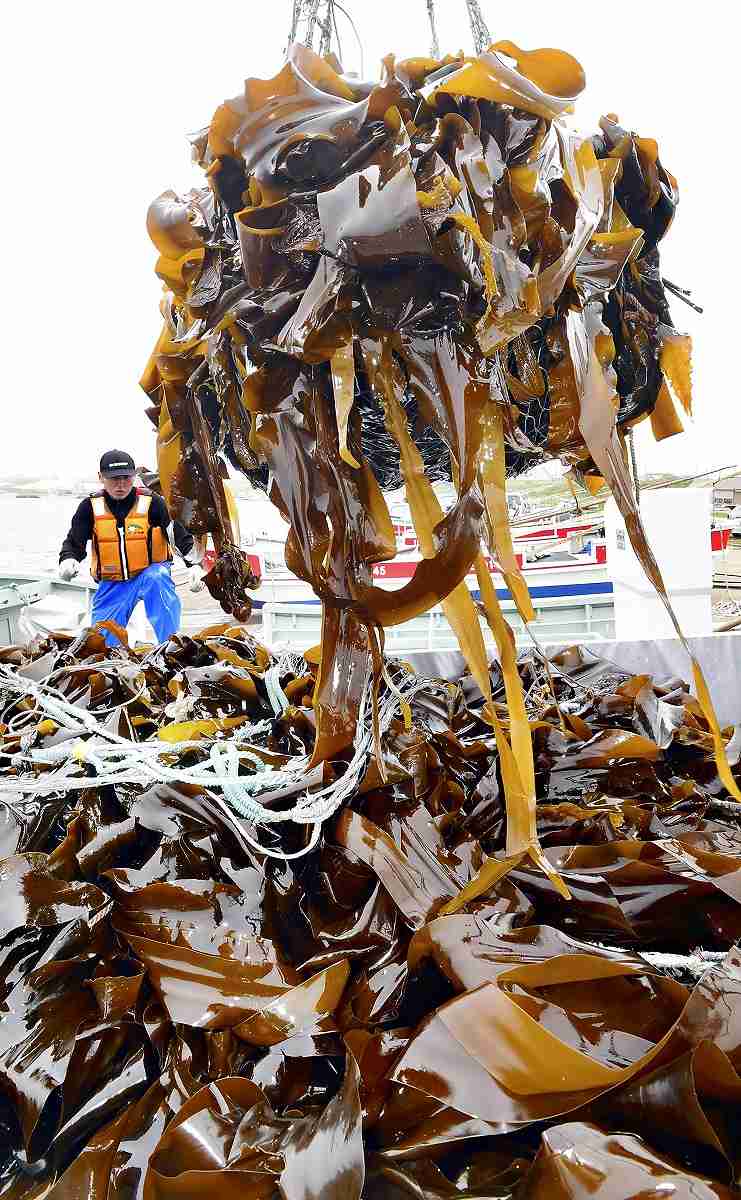
Kombu is landed at a port in Nemuro, Hokkaido, on June 15.
The fishing boats formed a straight line off the cape and set off together to the sound of fireworks and sirens, heading for a lighthouse on Kaigara Island, 3.7 kilometers away. Once they arrived, the fishermen stuck fishing gear called kagizao (a stick with a hook at one end) in the water to collect saomae-kombu, which were twirled around the sticks.
“The volume [of landings] may be the smallest ever, but the quality of the kombu is pretty good,” said Toshimi Honda, 70, who has been engaged in kombu harvesting for more than 50 years. “I want to continue with fishing [kombu] one way or another.”
As relations between Japan and Russia soured, Russia flew its flag over the lighthouse on Kaigara Island last year, as if to openly assert that the island is effectively under Russian control. With Russian patrol ships also monitoring the area this year, the kombu harvest was conducted in a tense atmosphere.
Japan and Russia have agreed that Japan’s collection quantity of brown algae, including kombu, should be 3,360 tons this year, for which Japan will pay ¥80.37 million in collection fees to Russia. Last year, Japan paid ¥82.54 million to Russia for collecting 3,451 tons of brown algae.
Related Tags
"Features" POPULAR ARTICLE
-

Sanrio to Open Museum in Yamanashi Pref. Dedicated to Founder, Exhibits Include Hello Kitty, Other Characters
-
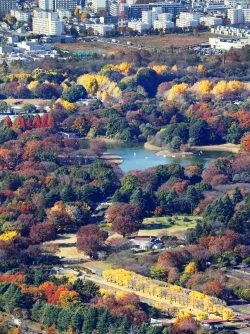
Autumn Foliage Surrounds Visitors to Tokyo’s Showa Kinen Park
-

My Daughter No Longer Speaks to Me, But I Want to See Her and My Grandchild
-

Kumamoto: Public Bath Refurbished as Library Where You Can Chat, Take Photos
-
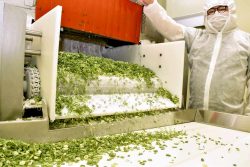
Frozen Vegetables: Demand Rises for Convenient, Tasty Domestic Produce
JN ACCESS RANKING
-

Tokyo Economic Security Forum to Hold Inaugural Meeting Amid Tense Global Environment
-

Keidanren Chairman Yoshinobu Tsutsui Visits Kashiwazaki-Kariwa Nuclear Power Plant; Inspects New Emergency Safety System
-

Imports of Rare Earths from China Facing Delays, May Be Caused by Deterioration of Japan-China Relations
-

University of Tokyo Professor Discusses Japanese Economic Security in Interview Ahead of Forum
-

Japan Pulls out of Vietnam Nuclear Project, Complicating Hanoi’s Power Plans


